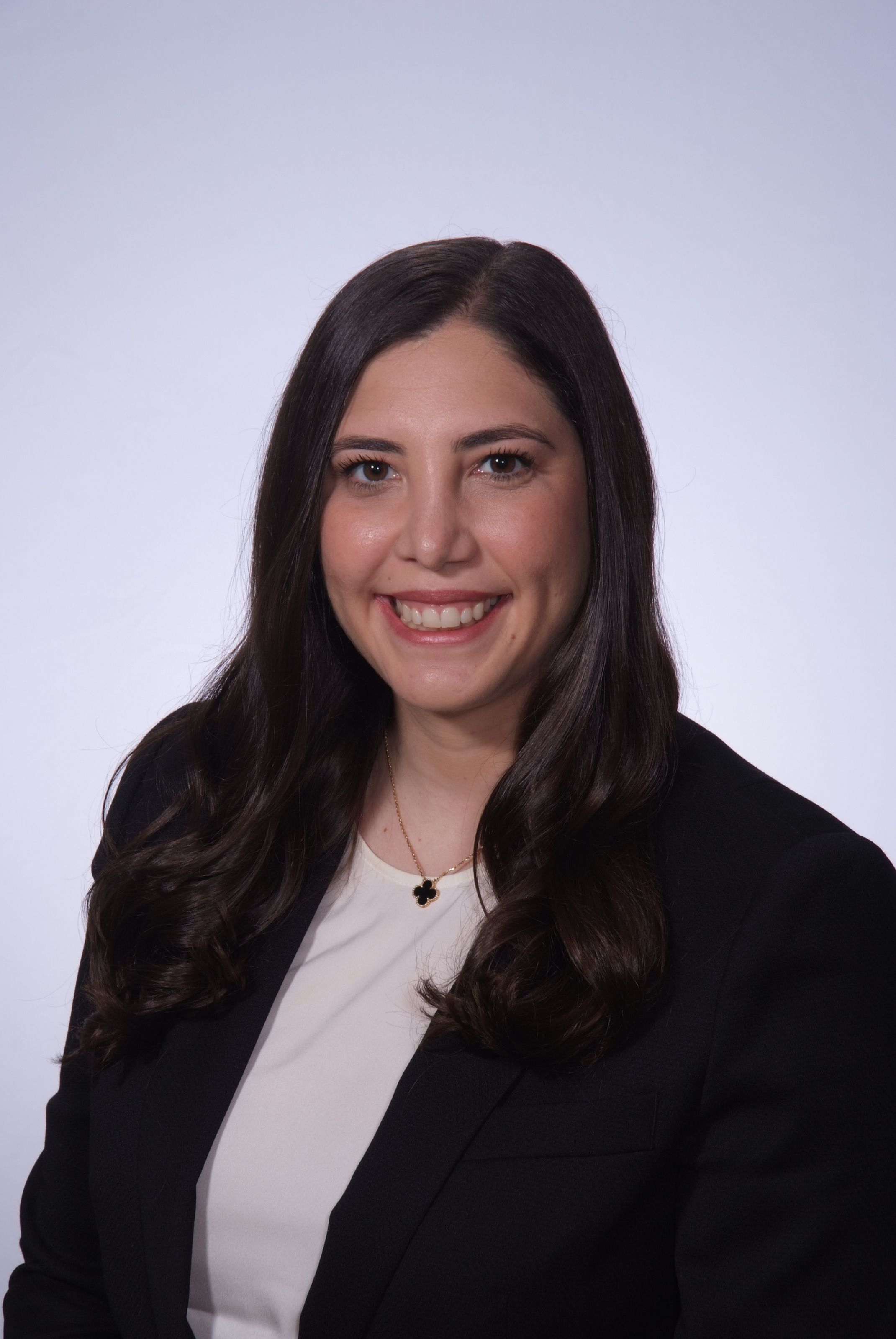Assessment of Clinical Outcomes
(PR126) Non-Surgical Root Canal Therapy Clinical Success Rate Compared Between Undergraduate and Graduate Students and Reasons for Failure
Thursday, April 3, 2025
1:00 PM - 4:00 PM EST

Sarah Langer, D.D.S.
Resident
Temple University
Phildelphia, Pennsylvania, United States- WG
Wanda Gordon, D.M.D.
Associate Professor
Temple University
Philadelphia, Pennsylvania, United States
Presenter(s)
Co-Author(s)
Objectives: Non-surgical root canal therapy (NSRCT) is essential in endodontics, aiming to retain the tooth by removing infected or inflamed pulp tissue. Success rates of NSRCT vary depending on operator experience, tooth vitality and the presence of a restoration. This study aims to compare the clinical success rates of NSRCT performed by undergraduate dental students and graduate endodontic residents, hypothesizing a significant difference in outcomes based on operator level, tooth number, vitality, and the presence of a restoration.
Methods: This retrospective analysis reviewed 881 cases from axiUm records at Temple University over 5 years. Outcomes were classified as "Good," "Hopeless," "Poor," or "Questionable," with "Good" categorized as success and all others as failure. Success criteria included absence of symptoms, radiographic healing, and tooth retention. Cases for graduate (N=63) and undergraduate (N=818) students were analyzed separately. Chi-squared tests were used for bivariate analysis, with a significance level of 0.05.
Results: Graduate students had 63% "Good" outcomes, while undergraduates achieved 78%. "Hopeless" outcomes were rare (2% in both groups). "Poor" and "Questionable" outcomes were more common in the graduate group (11% and 24%) than in undergraduates (4% and 16%). A chi-squared test indicated a significant difference between groups (p < 0.05), suggesting operator level influences outcomes.
Conclusion: This study indicates that undergraduate students achieve higher "Good" outcome percentages, likely because they perform simpler cases and receive support from faculty and residents, while graduates manage more complex cases with varied outcomes.
Methods: This retrospective analysis reviewed 881 cases from axiUm records at Temple University over 5 years. Outcomes were classified as "Good," "Hopeless," "Poor," or "Questionable," with "Good" categorized as success and all others as failure. Success criteria included absence of symptoms, radiographic healing, and tooth retention. Cases for graduate (N=63) and undergraduate (N=818) students were analyzed separately. Chi-squared tests were used for bivariate analysis, with a significance level of 0.05.
Results: Graduate students had 63% "Good" outcomes, while undergraduates achieved 78%. "Hopeless" outcomes were rare (2% in both groups). "Poor" and "Questionable" outcomes were more common in the graduate group (11% and 24%) than in undergraduates (4% and 16%). A chi-squared test indicated a significant difference between groups (p < 0.05), suggesting operator level influences outcomes.
Conclusion: This study indicates that undergraduate students achieve higher "Good" outcome percentages, likely because they perform simpler cases and receive support from faculty and residents, while graduates manage more complex cases with varied outcomes.

.png)
.png)
.png)
.png)